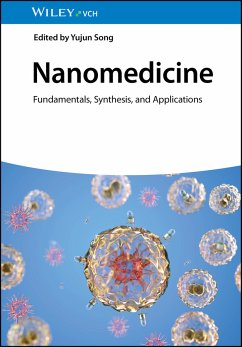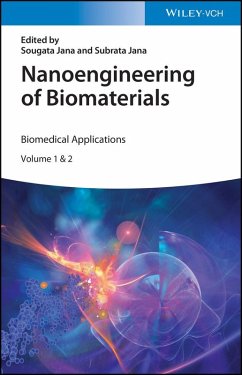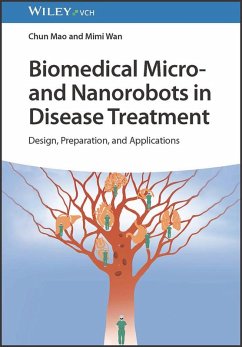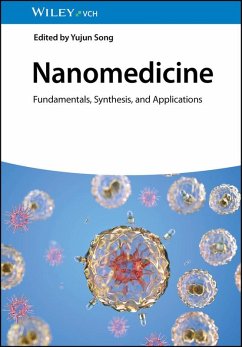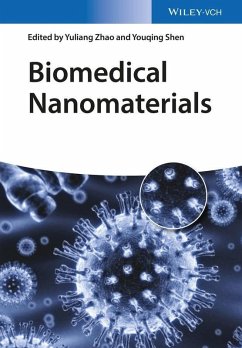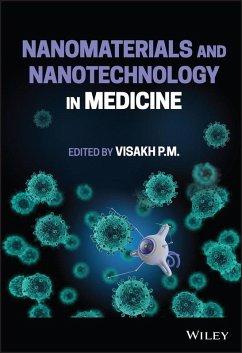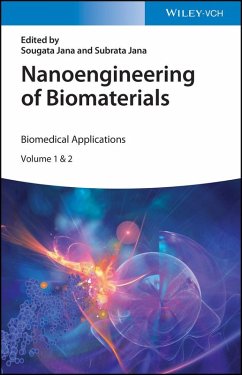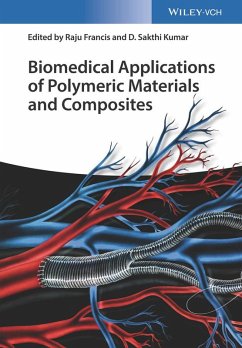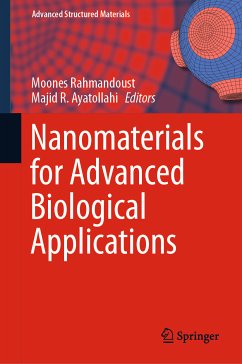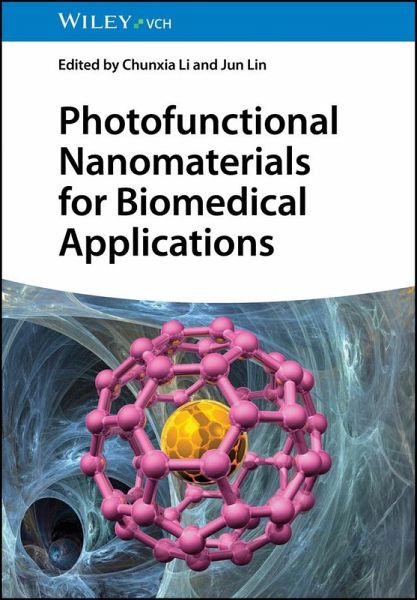
Photofunctional Nanomaterials for Biomedical Applications (eBook, PDF)
Versandkostenfrei!
Sofort per Download lieferbar
151,99 €
inkl. MwSt.
Weitere Ausgaben:

PAYBACK Punkte
0 °P sammeln!
Summary of the controlled synthesis of photofunctional nanoparticles and their hybrid nanocomposites, as well as their potential in biomedical applicationsPhotofunctional Nanomaterials for Biomedical Applications presents the latest research and developments surrounding photofunctional nanomaterials, including rare earth luminescence nanomaterials and photothermal agents, for biomedical applications related to imaging, biosensing, controlled drug delivery and release, and tumor diagnosis and therapy, as well as other applications such as bacteria engineering, optical information storage, acous...
Summary of the controlled synthesis of photofunctional nanoparticles and their hybrid nanocomposites, as well as their potential in biomedical applications
Photofunctional Nanomaterials for Biomedical Applications presents the latest research and developments surrounding photofunctional nanomaterials, including rare earth luminescence nanomaterials and photothermal agents, for biomedical applications related to imaging, biosensing, controlled drug delivery and release, and tumor diagnosis and therapy, as well as other applications such as bacteria engineering, optical information storage, acoustic sensing, and temperature detection. The book elucidates the underlying functioning mechanisms of these nanomaterials in depth and extensively discusses their current challenges and future development prospects.
Written by two highly qualified professors with significant research experience in the field, Photofunctional Nanomaterials for Biomedical Applications discusses sample topics including:
Establishing a robust groundwork for the future clinical translation, Photofunctional Nanomaterials for Biomedical Applications is an essential up-to-date reference on the subject for materials scientists, photochemists, biochemists, and electronic engineers.
Photofunctional Nanomaterials for Biomedical Applications presents the latest research and developments surrounding photofunctional nanomaterials, including rare earth luminescence nanomaterials and photothermal agents, for biomedical applications related to imaging, biosensing, controlled drug delivery and release, and tumor diagnosis and therapy, as well as other applications such as bacteria engineering, optical information storage, acoustic sensing, and temperature detection. The book elucidates the underlying functioning mechanisms of these nanomaterials in depth and extensively discusses their current challenges and future development prospects.
Written by two highly qualified professors with significant research experience in the field, Photofunctional Nanomaterials for Biomedical Applications discusses sample topics including:
- Fabrication of composites based on lanthanide-doped up conversion nanomaterials and metal-organic frameworks
- Photosensitizers for photodynamic therapy (PDT), covering basic principles of PDT, classifications of various photosensitizers, mechanisms during treatment, and x-ray-activated PDT
- Nanomaterials-induced pyroptosis and immunotherapy including pyroptosis pathways and their potential in immunotherapy, especially in activating effector T cells and promoting dendritic cell maturation
- Design of ternary quantum dots, antibacterial mechanisms in photofunctional antibacterial nanomaterials, and inorganic nanomaterials in photothermal therapy
Establishing a robust groundwork for the future clinical translation, Photofunctional Nanomaterials for Biomedical Applications is an essential up-to-date reference on the subject for materials scientists, photochemists, biochemists, and electronic engineers.
Dieser Download kann aus rechtlichen Gründen nur mit Rechnungsadresse in D ausgeliefert werden.




